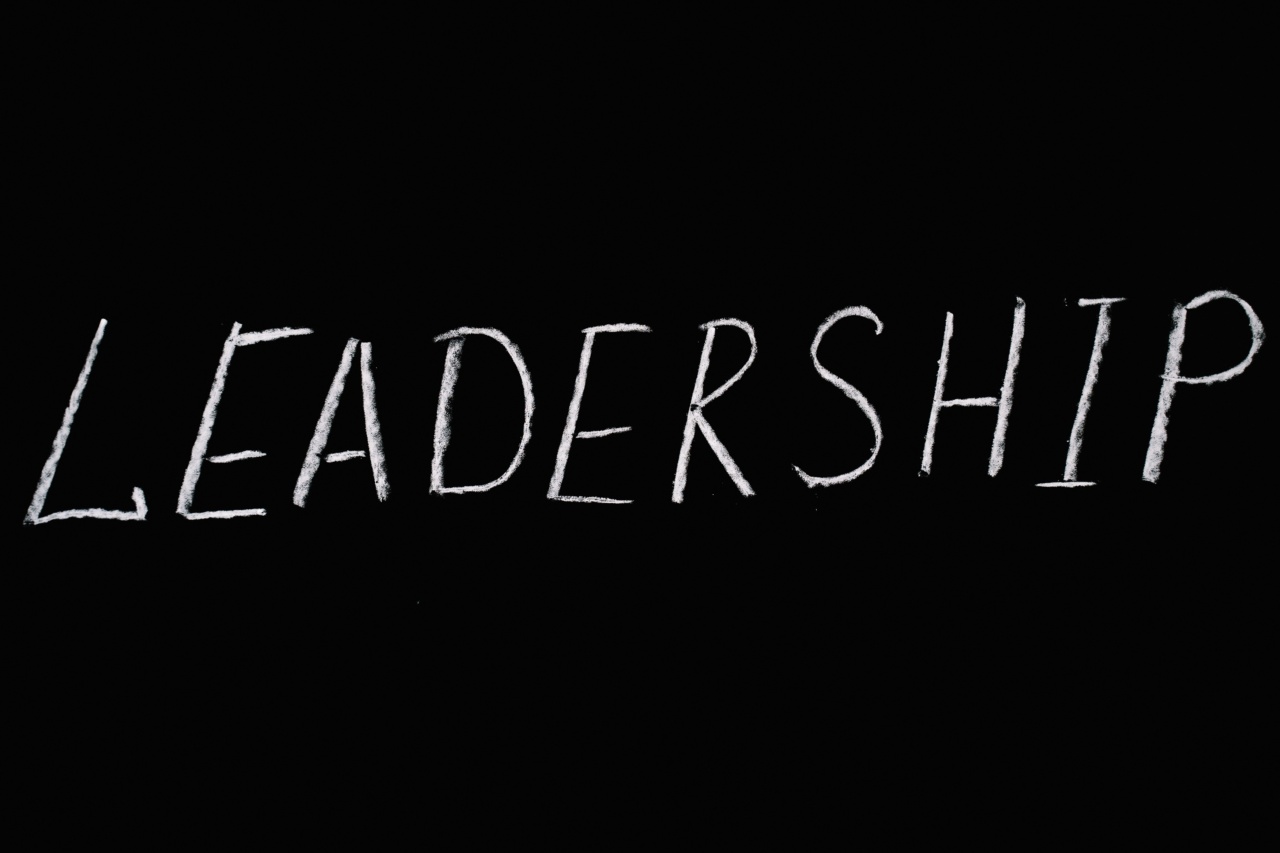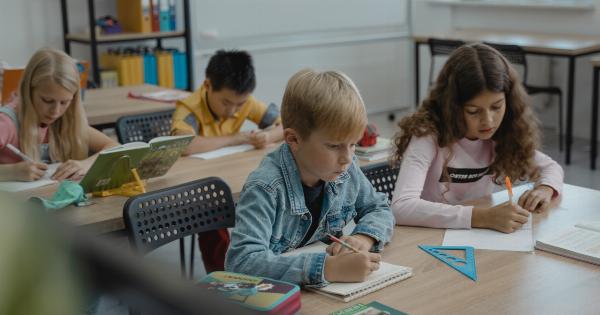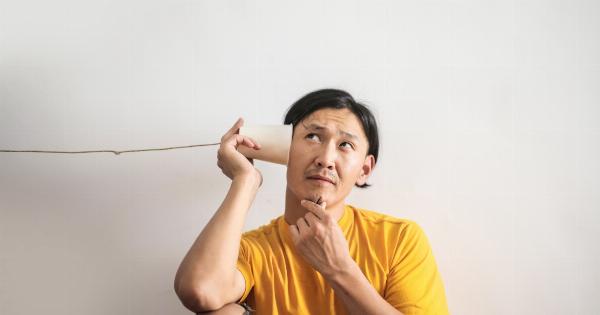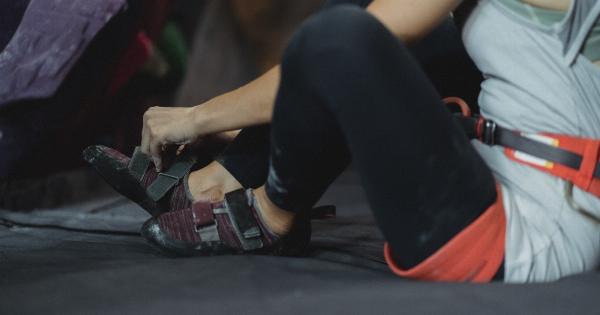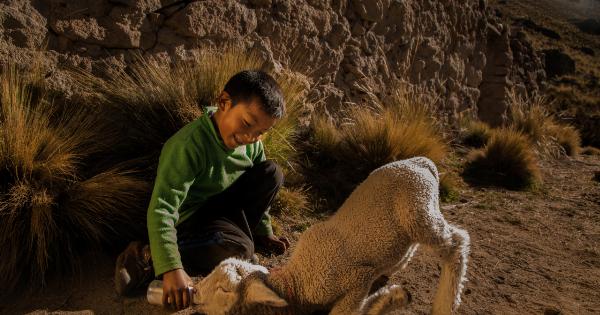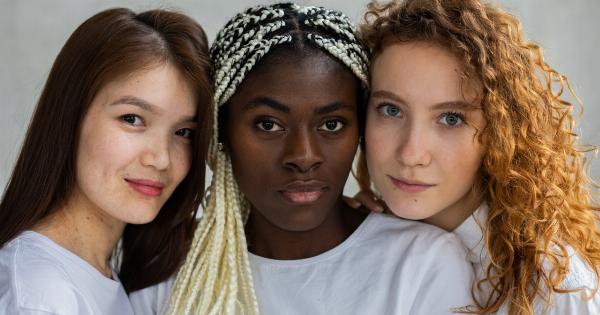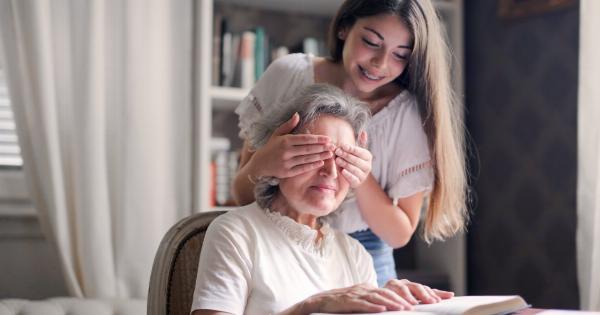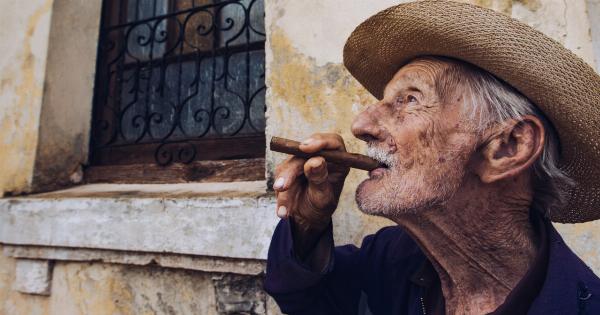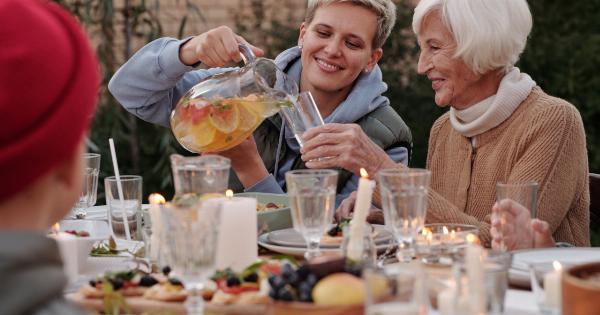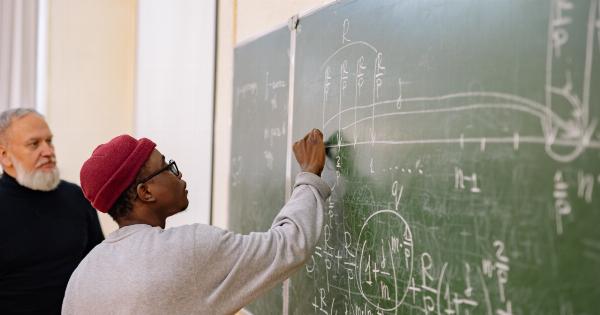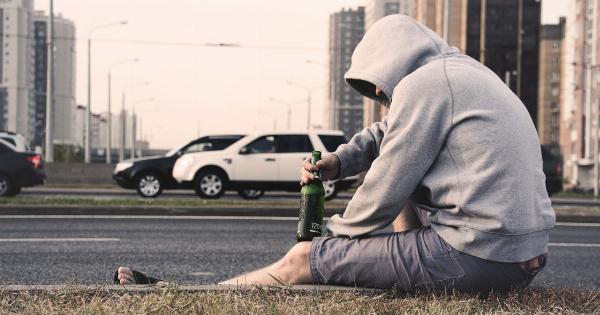In modern societies, racial divides continue to have a significant impact on various aspects of human life, including sexuality.
The complex interplay between race and sexuality has profound implications for individuals’ experiences, societal attitudes, and the broader context of social relations. This article delves into the multifaceted ways in which racial divides shape and influence sexuality, exploring the intersections of race, identity, discrimination, and sexual experiences.
1. Historical Context and Power Dynamics
Understanding the influence of racial divides on sexuality requires acknowledging the historical context of power dynamics and social constructions. From colonialism to slavery to segregation, racial hierarchies have been deeply entrenched in society.
These historical injustices continue to echo through generations, shaping how racial groups perceive themselves, others, and their sexualities.
2. Identity Formation and Racial Stereotyping
Racial divides have a profound impact on identity formation, including sexual identity. Individuals from racially marginalized groups often face unique challenges and pressures in defining and expressing their sexual identities.
Racial stereotypes and societal expectations can shape how individuals view their own desires and sexual expressions, influencing their personal experiences and relationships.
3. Discrimination, Fetishization, and Sexual Exotification
Racism can manifest in sexual contexts through discrimination, fetishization, and sexual exoticism. People of color, particularly women, often face objectification based on racial stereotypes.
Asian women, for example, are frequently fetishized as submissive, while Black men are sometimes hypersexualized. This objectification perpetuates harmful racialized sexual dynamics, further fueling the racial divides within sexuality.
4. Media Representation and Beauty Standards
The media plays a significant role in shaping societal beauty standards, often perpetuating racial divides in sexual attractiveness.
Mainstream media has historically showcased and celebrated Eurocentric beauty ideals, marginalizing those who do not conform to these standards. This exclusionary representation influences how individuals perceive their own desirability, leading to internalized racism and affecting their sexual confidence and choices.
5. Interracial Relationships and Challenges
Interracial relationships face unique challenges, representing a convergence of racial divides and sexuality. Societal prejudices, stereotypes, and familial disapproval can all impact the dynamics of interracial relationships.
Couples may also experience microaggressions or overt racism, leading to a strain on their sexual and emotional connections. Navigating these challenges necessitates open dialogue, understanding, and dismantling racial prejudices within intimate relationships.
6. Sexual Practices and Cultural Influences
Racial divides can shape sexual practices and preferences, with cultural influences playing a significant role. Sexual behaviors and attitudes are often influenced by cultural norms and traditions within racial communities.
These influences can impact perceptions of sexual pleasure, sexual health practices, and the accessibility of sexual education. Recognizing and respecting diverse cultural perspectives on sexuality is vital for promoting inclusive conversations and dismantling racial divides within sexual experiences.
7. Intersectionality and Racialized Queerness
Intersectionality acknowledges that individuals’ experiences are shaped by the simultaneous interaction of multiple social identities, such as race, gender, and sexuality.
Racialized queerness refers specifically to the experiences of individuals who identify as both racial minorities and part of the LGBTQ+ community. These individuals often face intersecting forms of discrimination, navigating the challenges posed by both racism and homophobia/transphobia. Understanding and addressing these unique experiences can foster a more inclusive and equitable society.
8. Education, Activism, and Breaking Barriers
Education and activism are crucial avenues for breaking down racial divides within sexuality. Challenging biases, dismantling stereotypes, and promoting inclusive sexual education can help counter the harmful effects of racial divides.
Acknowledging the history of racial oppression, amplifying marginalized voices, and promoting diverse representation are essential in creating a more equitable society where all individuals can embrace their sexual identities free from oppressive racial constructs.
9. Moving Towards Inclusivity
Creating a more inclusive society requires continuous effort at both individual and systemic levels.
Recognizing the interconnectedness of racial and sexual identities, acknowledging privilege, and actively challenging discriminatory attitudes are pivotal steps toward inclusivity. Combating racial divides within sexuality necessitates empathy, education, dialogue, and promoting intersectional approaches that address the unique experiences of individuals.
10. Conclusion
Racial divides shape and influence sexuality in multifaceted ways, permeating various aspects of individuals’ experiences, relationships, and societal attitudes.
Understanding the historical context, power dynamics, and impact of racialized stereotypes is essential to dismantling these divides. By fostering inclusivity, challenging discriminatory frameworks, and promoting intersectional approaches, we can strive towards a society where racial divides no longer inhibit the richness and diversity of human sexual experiences.
